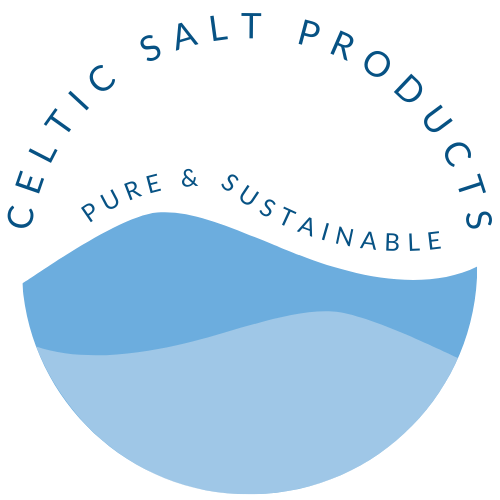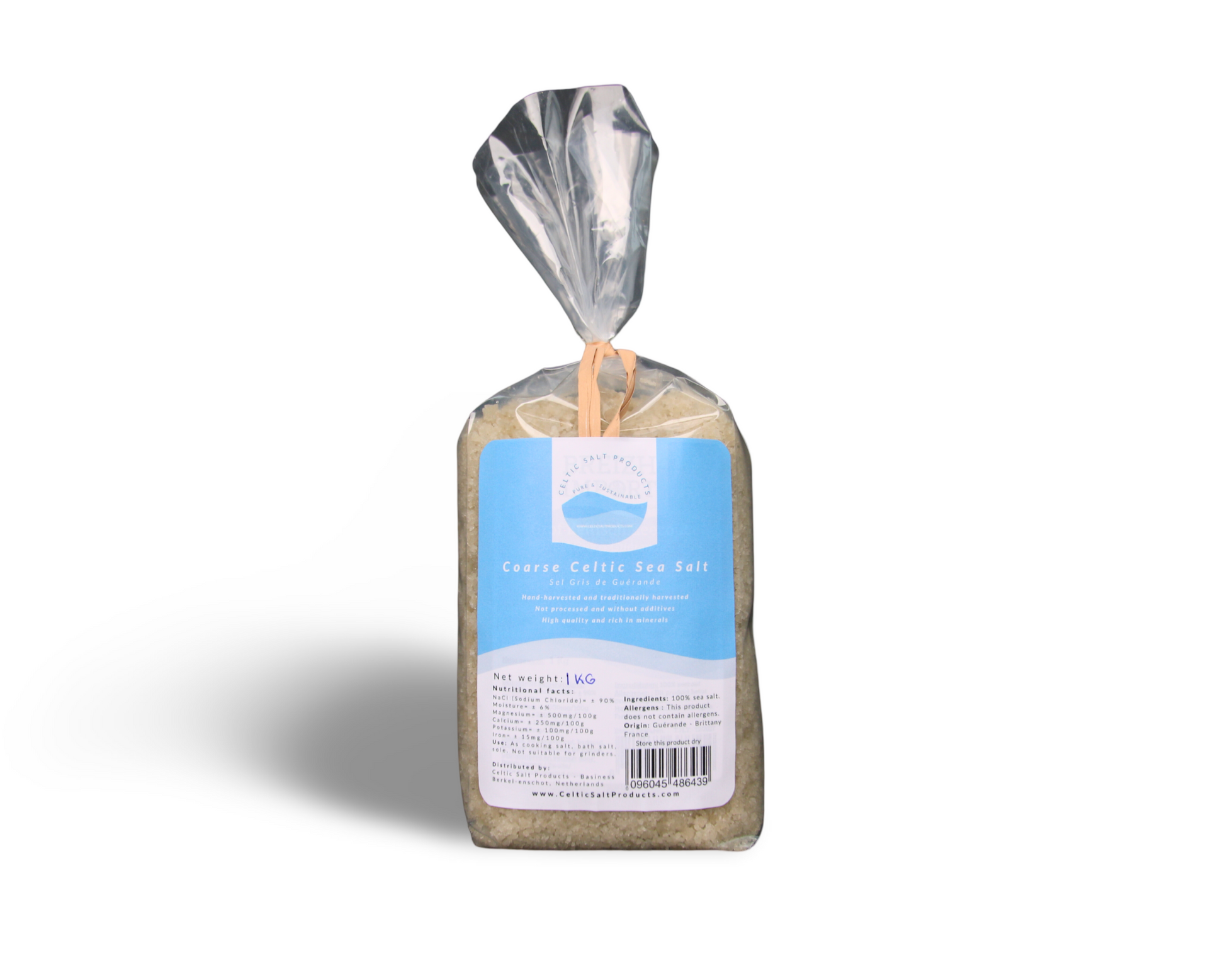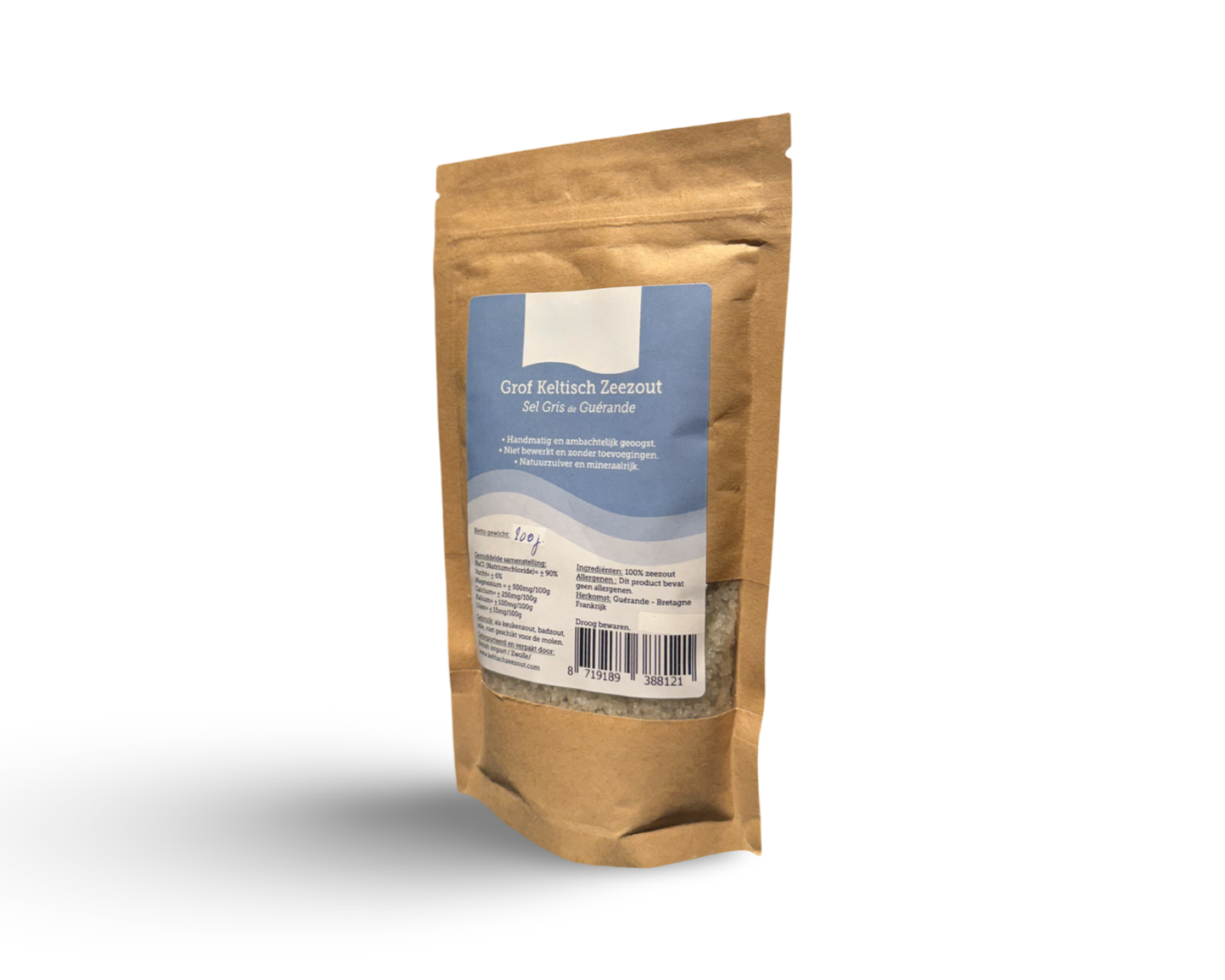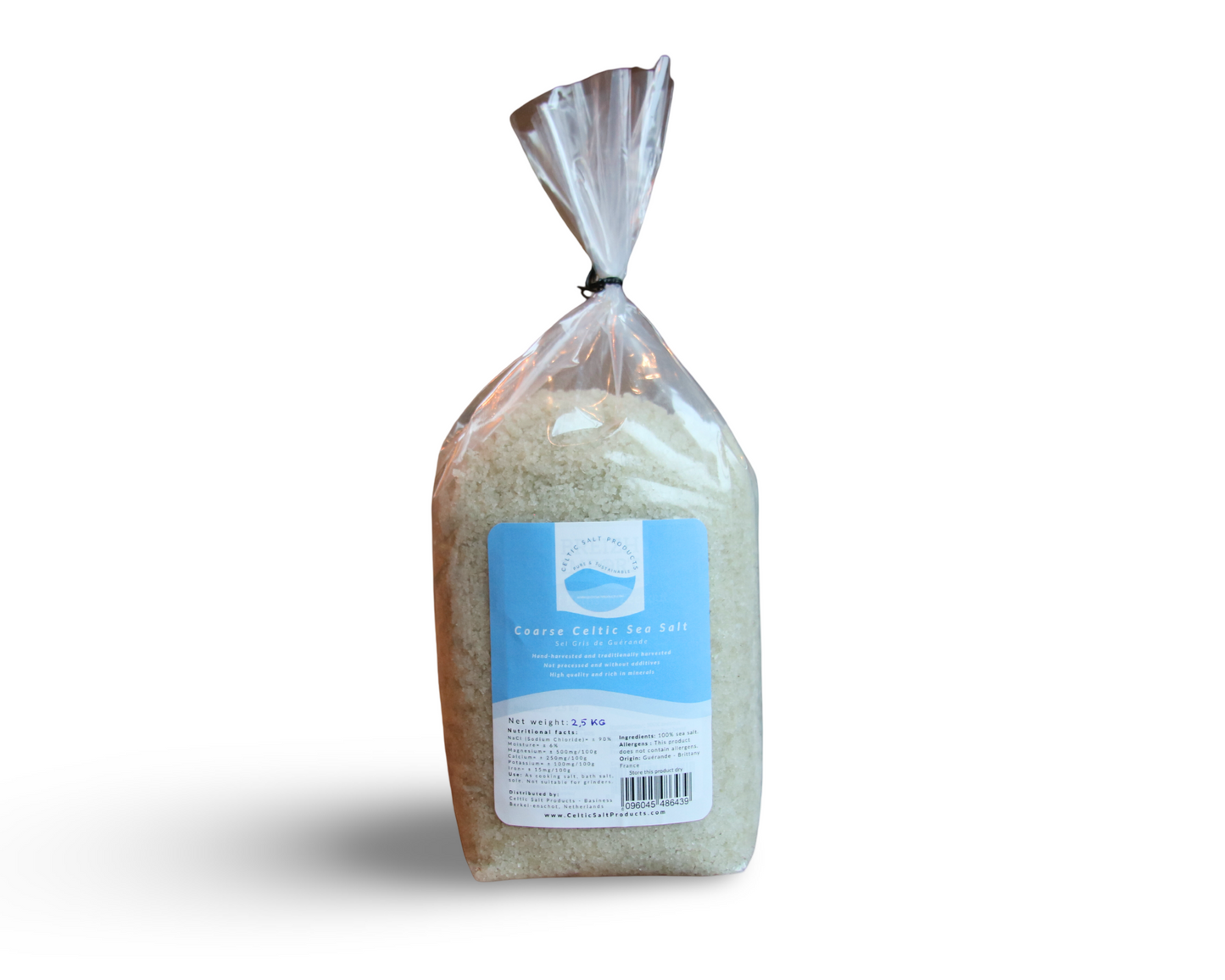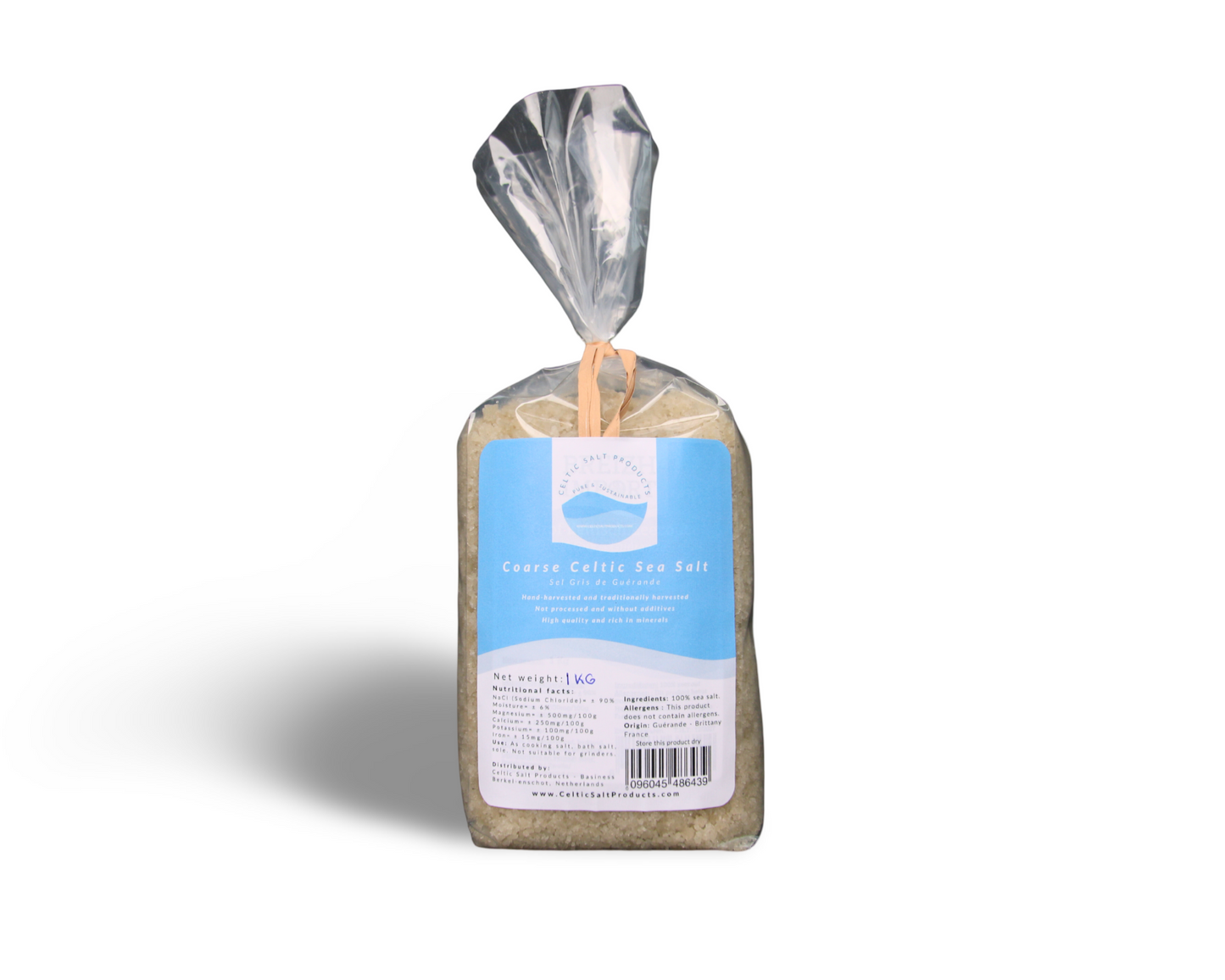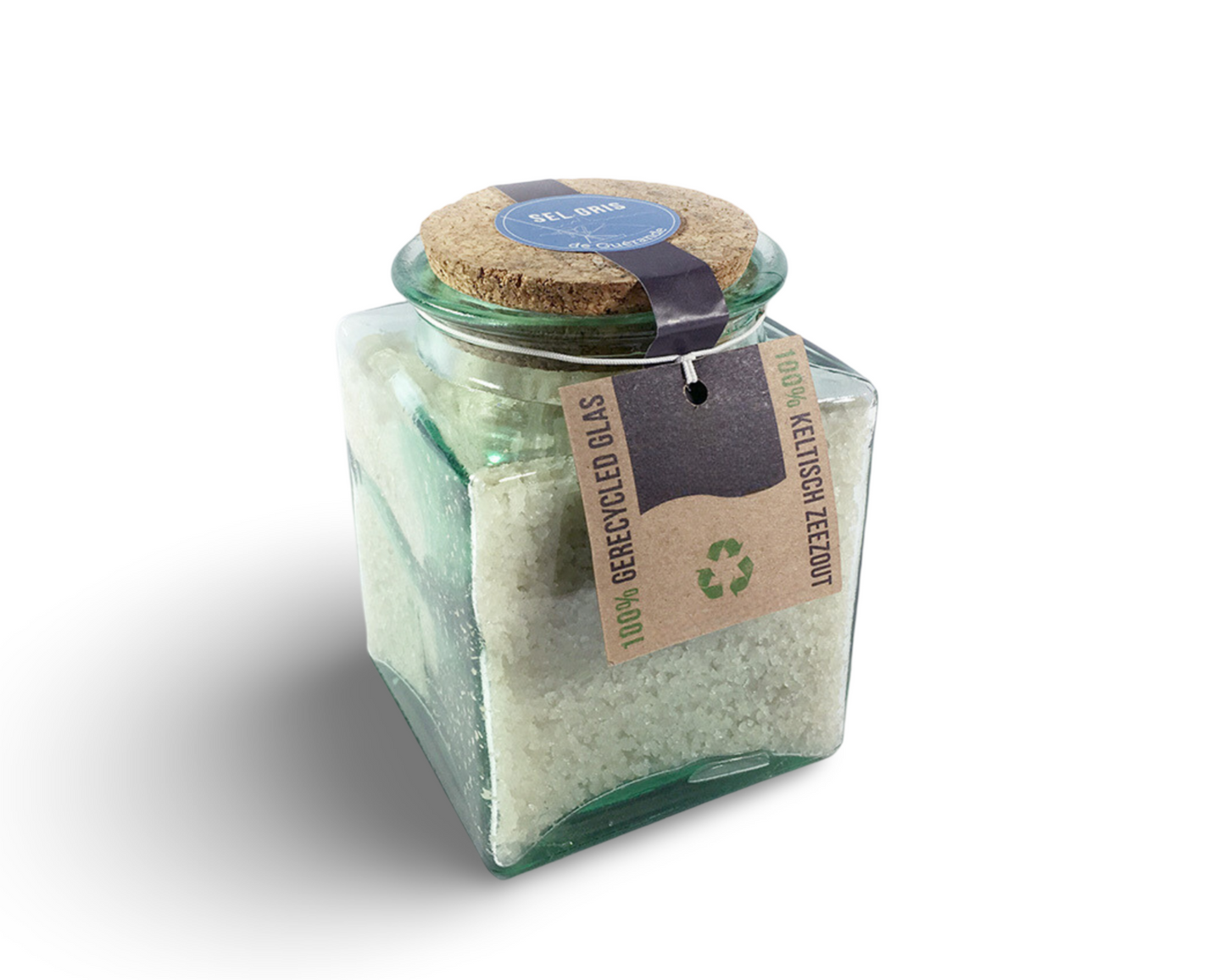The question "Why Celtic salt is expensive" often arises among consumers looking for high-quality salt options. Celtic salt, known for its rich mineral content and traditional harvesting methods, comes with a price tag that reflects its quality and the intricate process of its production. This blog post delves into the reasons behind the cost of Celtic salt, providing a deeper understanding of its value.
Traditional Harvesting Methods
-
Hand-Harvested: Celtic salt is traditionally harvested by hand in the Brittany region of France. This labor-intensive process involves skilled artisans, known as paludiers, who use centuries-old techniques to gather the salt.
-
Time-Consuming Process: The production of Celtic salt is a slow and meticulous process. It relies on natural evaporation by the sun and wind, which takes significantly longer than modern, industrialized methods.
Quality and Purity
-
Minimal Processing: Unlike regular table salt, which undergoes significant processing and refinement, Celtic salt is minimally processed. This helps retain its natural state, including its rich mineral content and moisture.
-
Rich in Minerals: The high mineral content, including magnesium, potassium, calcium, and trace elements, adds to its value. These minerals not only contribute to the health benefits of Celtic salt but also to its unique flavor profile.
Environmental Sustainability
-
Eco-Friendly Practices: The traditional methods used in harvesting Celtic salt are environmentally sustainable. Maintaining the natural salt marshes requires careful management and preservation, which adds to the cost.
-
Supporting Local Communities: The production of Celtic salt supports local communities and preserves traditional craftsmanship, which often involves higher costs than mass-produced alternatives.
Culinary Appeal
- Gourmet Choice: Celtic salt is highly prized in culinary circles for its texture and flavor. Its gourmet appeal makes it a preferred choice for chefs and food enthusiasts, contributing to its higher price.
Conclusion
The cost of Celtic salt reflects its superior quality, the labor-intensive and time-consuming harvesting methods, its rich mineral content, environmental sustainability, and its status as a gourmet culinary product. When purchasing Celtic salt, you're investing not only in a healthful addition to your diet but also in a product that supports traditional practices and sustainable agriculture.
